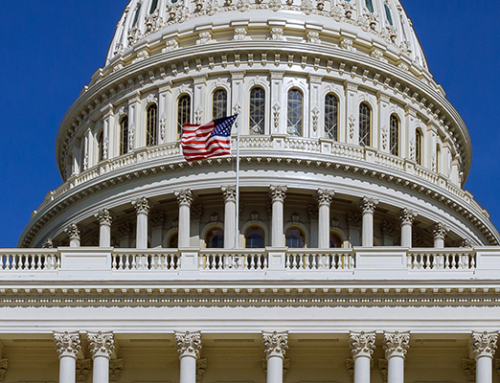Budget proposal would impose solvency standards projected to result in over $10 billion in UI related taxes and integrity measures
President Trump’s FY 2021 proposed budget would set a “solvency” standard that would result in increasing State Unemployment Insurance taxes and/or benefit cuts in states with lower trust fund balances.
The budget describes the new federal standard below
Minimum Solvency Standard. Since the end of the most recent recession, many states continue to struggle to maintain adequate Unemployment Insurance (UI) Trust Fund balances. The Budget includes a proposal to add a minimum solvency standard in the UI program to help address the challenge states face in maintaining sufficient balances in their Unemployment Trust Fund accounts. This proposal would strengthen states’ incentive to adequately fund their UI systems by making states that fail to maintain an Average High-Cost Multiple (AHCM) of 0.5 for two consecutive January firsts subject to the same FUTA tax credit reductions applied to states which go below a zero trust fund balance.
UWC Comment. State UI trust funds have generally recovered from the Great Recession. States have enacted tax increases and/or benefit cuts and/or resorted to alternative financing to boost balances in state UI trust fund accounts. Some states used the FUTA tax increases that were triggered under federal law in whole or in part to generate additional revenue needed to cover benefit payments. Some states have chosen to maintain relatively low balances in their state UI trust fund accounts to keep state UI taxes low and/or maintain higher benefit levels. This enables employers and claimants to keep more money, but also increases the risk that a subsequent recession may result in the need to borrow to pay unemployment compensation.
To encourage states to increase balances in their accounts (which are maintained as part of the federal unified budget), the President’s proposed budget would impose increased FUTA taxes (through reductions in FUTA offset credits) if states failed to maintain balances of at least 0.5 Average High Cost Multiple for two consecutive January Firsts. Current law imposes this FUTA increase if a state has a zero balance in its account for two consecutive January 1sts. This new solvency measure combined with new integrity efforts is projected to generate an additional $10.078 billion for the Federal Unified Budget over the 10 year period from FY 2021 through 2030. (See https://www.whitehouse.gov/wp- content/uploads/2020/02/budget_fy21.pdf – Page 118.) The increased revenue/savings is proposed as a partial offset to the newly proposed paid parental leave program projected to cost over $20 billion.
The states at greatest risk of being subject to the “solvency” provision include:
California
Connecticut
Illinois
Indiana
Massachusetts
New York
Ohio
Texas
West Virginia
UWC has taken the position that states should be responsible for determining how they assure that funds are available to pay unemployed workers through the state UI system without federal mandates.






